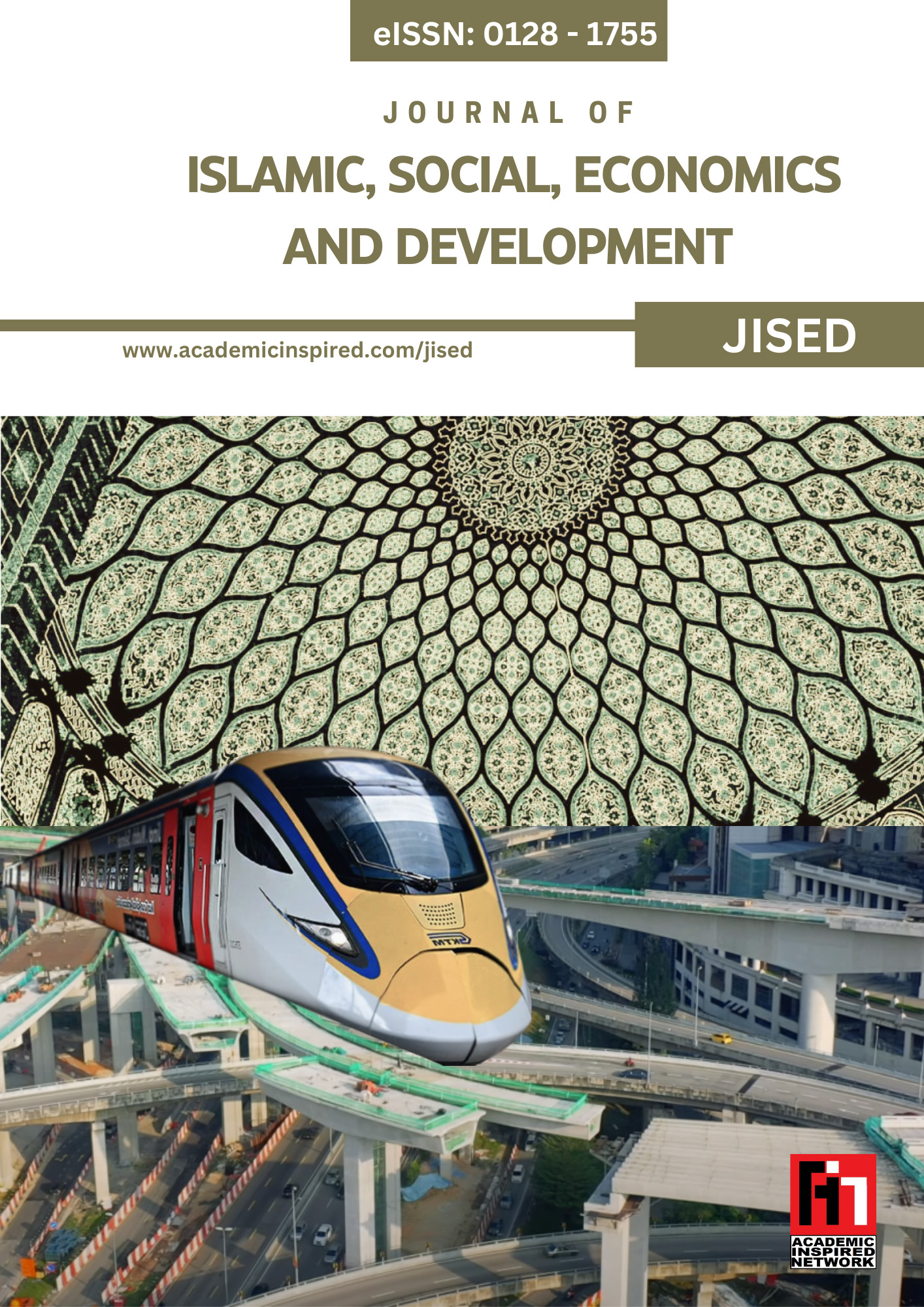A brief review of precarious work literature in Malaysia
Keywords:
Challenges, Characteristics, Impacts, Labour Market, Malaysia, Precarious WorkAbstract
This paper analyses the evolving nature, characteristics, and implications of precarious work in Malaysia through a review of studies between 2018 and 2023. Precarious work is defined by non-standard employment arrangements, which are characterized by volatility, insecurity, and reduced benefits compared to traditional employment. The analysis reveals significant demographic variations across various types of precarious work and a marked over-representation of millennials. Economic vulnerability is prevalent, with majority of precarious workers falling within the B40 income bracket. The review identifies several challenges encountered by precarious workers, such as restricted access to basic employment rights, power disparities in employer-employee relationships, and significant impacts on mental health and psychological well-being. This paper highlights the need for targeted interventions that address both sector-specific challenges and the distinctive needs of various demographic groups within Malaysia's changing labor market.













